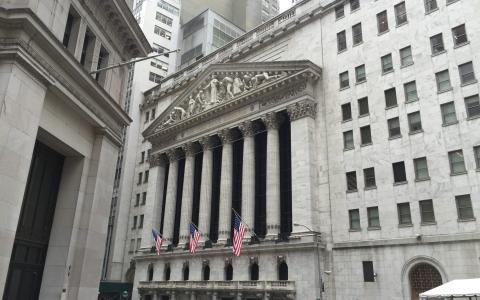
(Yahoo! Finance) - Markets are on the brink, once again torn among three landing scenarios: soft, hard, or none at all.
When the Federal Reserve cut short-term rates by a greater-than-expected 50 basis points in September, some concerns were raised that the Fed might see risks the public could not.
Then last Friday's jobs report beat expectations on the headline payrolls number by over 100,000, putting the specter of reinflation and tightening policy back into investors' minds. As Josh Schafer wrote Monday, the "is good news good news" discussion is back.
In a recent conversation on Stocks in Translation (the episode airs Thursday, Oct. 10), Hennion & Walsh president and chief investment officer Kevin Mahn responded to the question of whether the risk of "no landing" is back on the table.
"I think it is, until we find out more from the Federal Reserve," Mahn said, adding a nod to the upcoming US presidential vote in November: "We have a big election coming up too, and we don't know the outcomes of that election."
Soft landing optimism still lingers, though it's now tempered with these fresh no-landing warnings. And nary a hard landing worry seems to be found as stocks surge.
The CNN Fear & Greed Index is currently flashing "GREED," with an elevated reading of 72 — not far from the threshold for "EXTREME GREED" triggered at 75. This arguably reflects optimism, but it also raises a contrarian cautionary flag: Markets may be underestimating risks.
Despite the bullish sentiment, other signals suggest fading bullish tailwinds ahead. This Friday, JPMorgan and the big banks unofficially kick off earnings season. While expectations are solidly bullish as to the results, stock buybacks are largely paused, cutting off a key liquidity source.
Meanwhile, bond yields have surged, with the US Treasury curve leaning toward inversion once again (after only recently climbing out of a historic two-year inversion).
Critically, the bond market's version of the VIX Volatility Index — the ICE BofA MOVE Index (^MOVE) — just jumped to the highest levels of the year, indicating investor anxiety about market disruptions. Prior instances of a surging MOVE Index have been accompanied by stock market wobbles.
It's worth remembering that in the summer of 2008 — only months before the failure of Lehman Brothers — investors were preparing for Fed hikes after a prolonged easing cycle. In that market episode, the hard landing won out and served as a warning against investor complacency amid falling liquidity.
But currently, liquidity has been surging, according to the work of Capital Wars founder Michael Howell, who reported, "Rising liquidity [is supporting] risk assets. This relationship is borne out by recent events. Risk asset markets have been choppy of late, but rising liquidity levels are underpinning their upward track."
Howell also noted that a typical liquidity cycle lasts five to six years, with the current cycle only about one-third completed on this timeline. This jives with Mahn's observation that the average length of a bull market is about 5.3 years, and we're only two years in — with a few more to go "if history serves as a guide," Mahn said.
With all these mixed signals, it's no wonder the market is in wait-and-see mode.
By Jared Blikre



